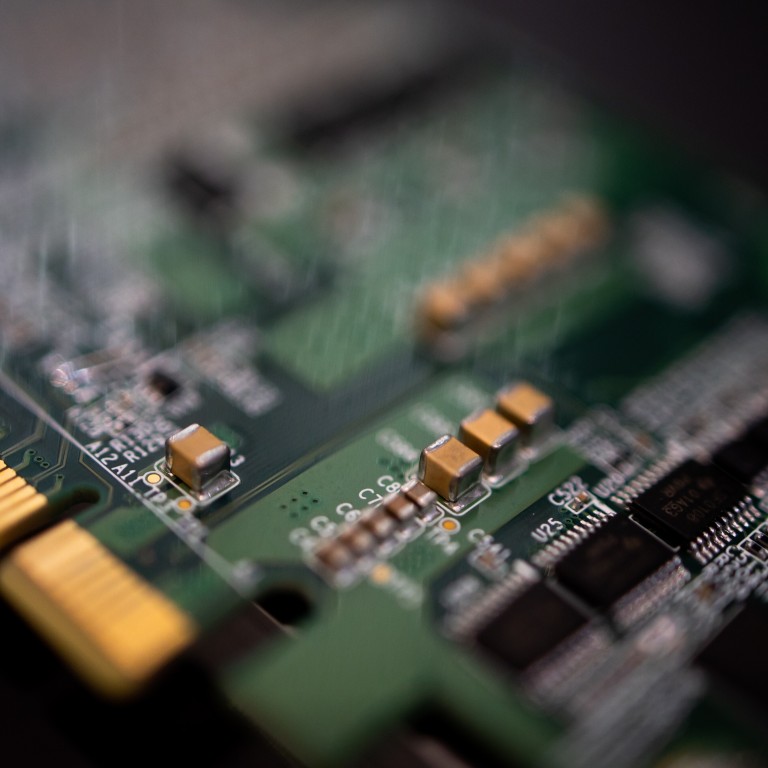
China semiconductors: Beijing moves to prevent tax incentive abuse with new policy draft
- The rule sets the ratio of revenue earned directly from semiconductor products at 80 per cent of annual revenue for companies in chip packaging and testing
- Favourable policies, coupled with a growing appetite from private capital, has fuelled a boom in the number of semiconductor companies since last year
China clarified eligibility rules for semiconductor companies seeking tax incentives in a draft policy issued on Friday, a move aimed at preventing abuse of the system after many firms outside the sector jumped in looking for quick profit gains.
The rule sets the ratio of revenue earned directly from semiconductor products at 80 per cent of annual revenue for mainland Chinese companies involved in the packaging and testing of chips and 60 per cent for developers of electronic design automation (EDA) software. The ratio was set at 30 per cent for firms involved in semiconductor materials and equipment.
In terms of revenue, semiconductor equipment makers and packaging and testing firms will need to generate 20 million yuan (US$3.1 million) a year to be eligible while the minimum for EDA suppliers was set at 15 million yuan. The threshold for companies involved in semiconductor materials was set at 10 million yuan.
The revenue thresholds were “not considered high”, said a semiconductor analyst with China Merchants Bank, who requested anonymity because he was not authorised to speak publicly.
Qualcomm warns global chip shortages are spreading
China still relies on foreign technologies, especially imports of US core technology, to ensure the integrity of its hi-tech supply chain.
The policy introduced last August did not specify any requirements for annual revenue or thresholds for sales, which meant that companies whose core business was not in semiconductors also took advantage of the incentives.
The new draft rule was issued by China’s Ministry of Industry and Information Technology (MIIT), which is canvassing public comments until March 5.
A search for “semiconductor” generated more than 14,300 results on business registration records website QCC.com during the first 10 months of last year, up from 9,883 during the same period in 2019.
Last month, China mobilised experts from academia and private industry, including telecoms champion Huawei Technologies Co and its chip design unit HiSilicon, to push forward with standardisation of the domestic semiconductor industry in a bid to better protect supply-chain integrity amid ongoing US sanctions.
In 2014, the central government set up the China National Integrated Circuit Industry Investment Fund with the goal of helping the country become more self-sufficient in making the chips used by the country’s vast manufacturing supply chain. The fund raised 138.7 billion yuan in its first financing round in 2014, and completed the second round of US$29 billion last year.
Massive government financial support over the past 10 years – including tax breaks, subsidies and direct investments – has helped Chinese semiconductor industry progress rapidly, but still failed to yield a semiconductor industry strong enough to be fully self-sufficient.

